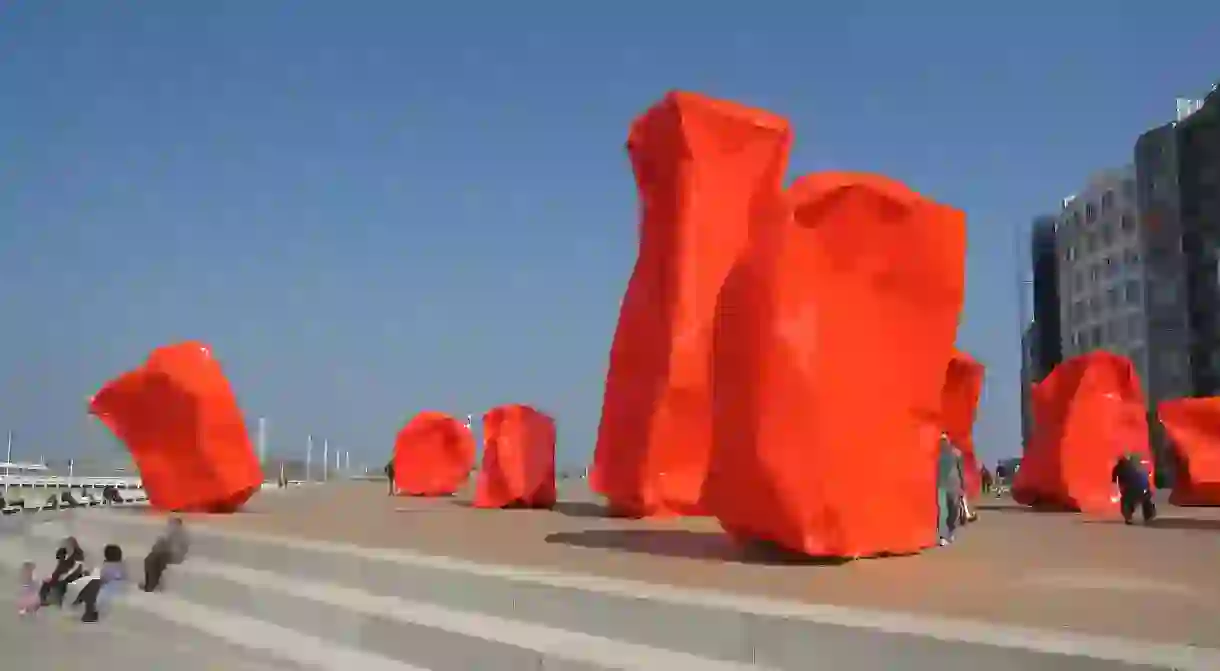The Beaufort Project: The Strangest Sights On The Belgian Coast

Every three years the Beaufort project brings 30 contemporary artworks to the Belgian coastal towns to shock and awe their visitors. With over four editions, the open-air triennial has introduced all sorts of fantastical sculptures, some of which now grace the small country’s seaside permanently.
Rock Strangers by Arne Quinze
The Wanderer by Melita Couta
Searching for Utopia by Jan Fabre
An alumnus of the very first Beaufort in 2003, the massive bronze sea turtle whose name references Thomas More’s 500-year-old book has become one of the best-known symbols of the Beaufort project. To discover the creative mind behind the giant creature, one only needs to look up at the figure riding it: the esteemed Jan Fabre himself. Both man and animal are looking towards the sea in this unusual self-portrait of the artistic jack-of-all-trades. Both are hoping for what so many people scouring the sea’s horizon hope for – a great, unknown Utopia. The work has left its former home on the Nieuwpoort beach for a thorough restoration, but will return to the same coastal town at a new location to prevent further damage.
https://instagram.com/p/OPBhYulgx9/?tagged=beaufort04
Babies by David Cerny
Building, Casino
CATERPILLAR 5bis by Wim Delvoye
The other big Belgian name to participate in the opening edition of the Beaufort project alongside Jan Fabre, Wim Delvoye has conquered the conceptual art world with his Cloaca machine – a scientific apparatus that imitated the human digestive system to produce expensive turds – and tattooed pigs. Less controversial yet fascinating as well is the weathered steel Caterpillar sculpture the artist dropped on the Belgian seaside’s dike. Part of an ongoing series of Gothic works, the modern-day crawler tractor has been perforated with filigree, and a tower of the ornate medieval church kind has been added. The work meshes the worlds of today and yesterday seamlessly. While the original piece was moved to New York’s Ground Zero in 2003, Delvoye made a new version – indicated by the ‘bis’ in its title – that continues to captivate the passersby of the Westende dike.
Dike in between Louis Logierlaan and Octave van Rysselbergheplein, Westende, Belgium













